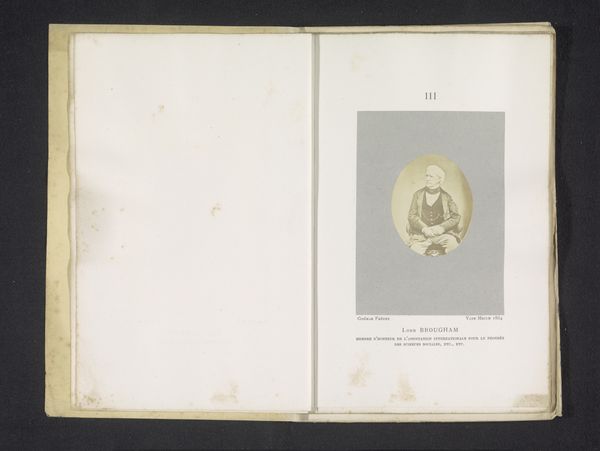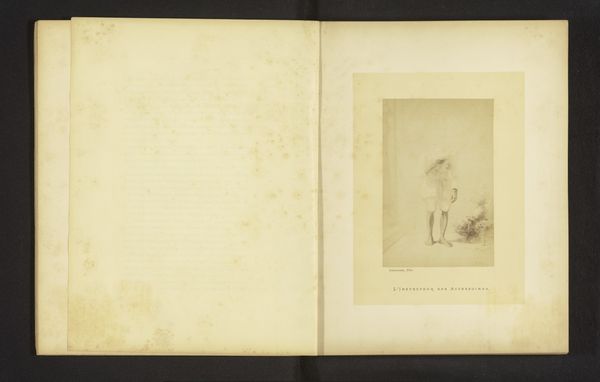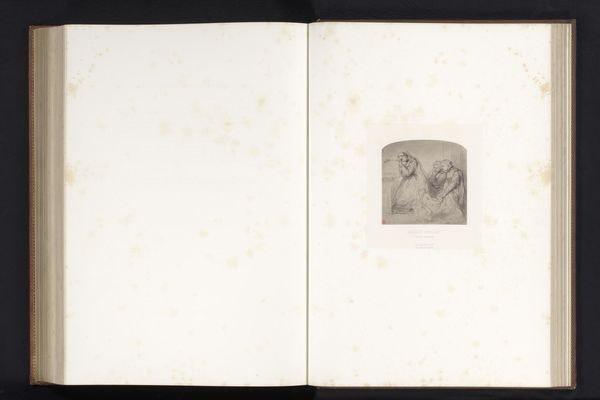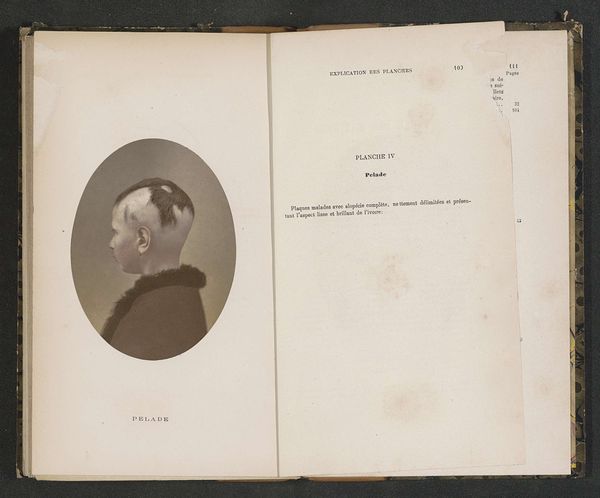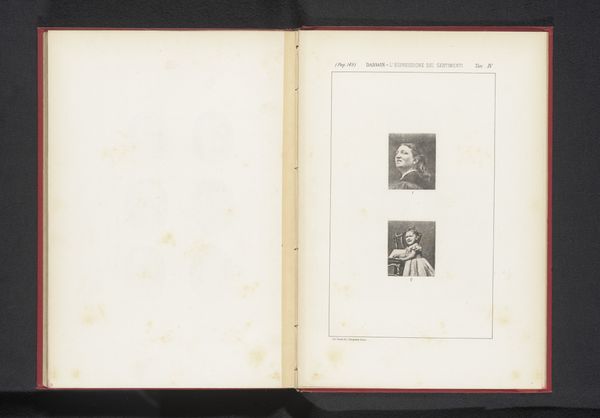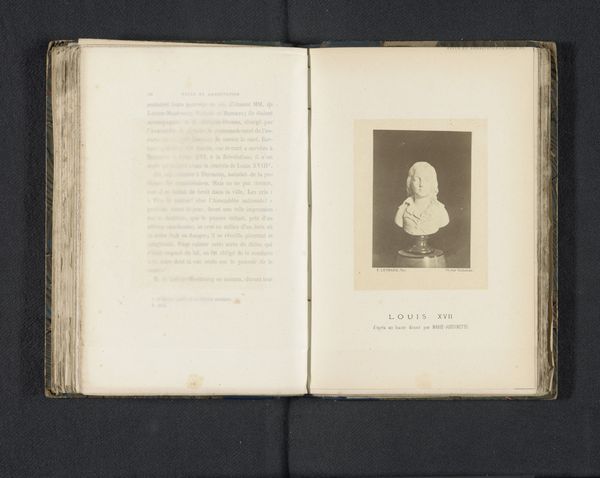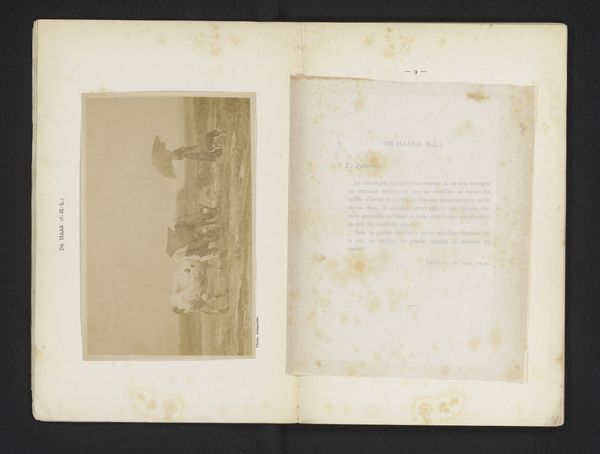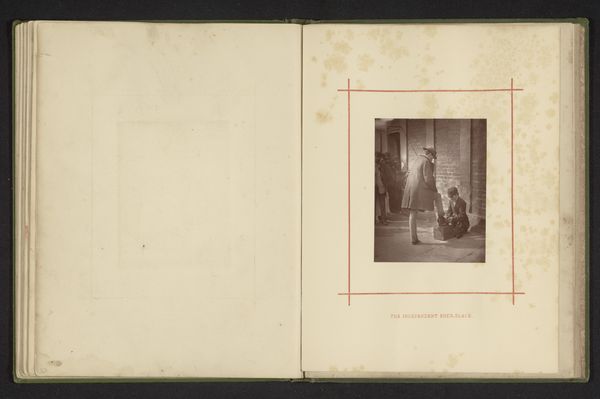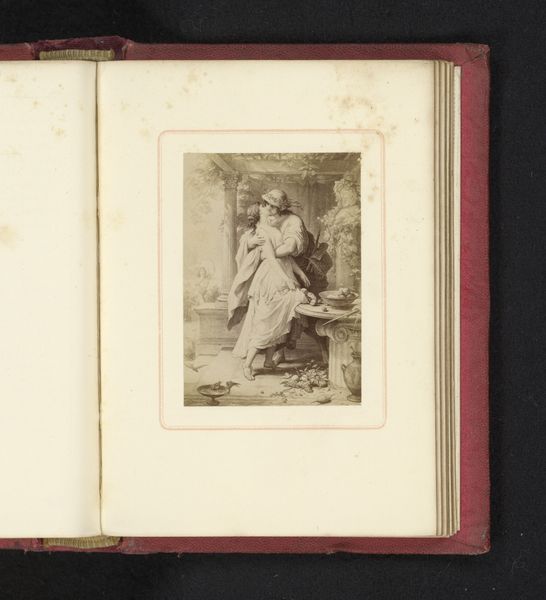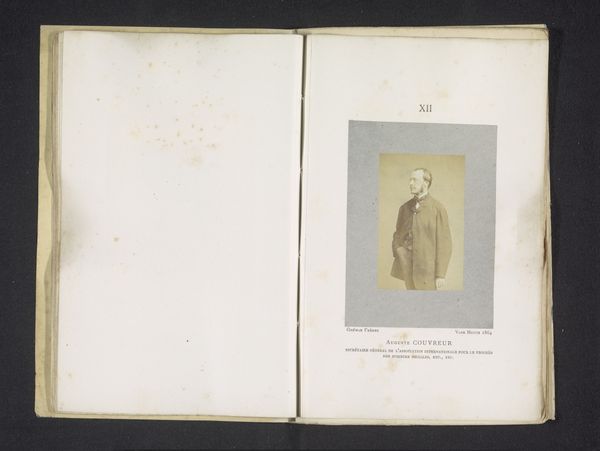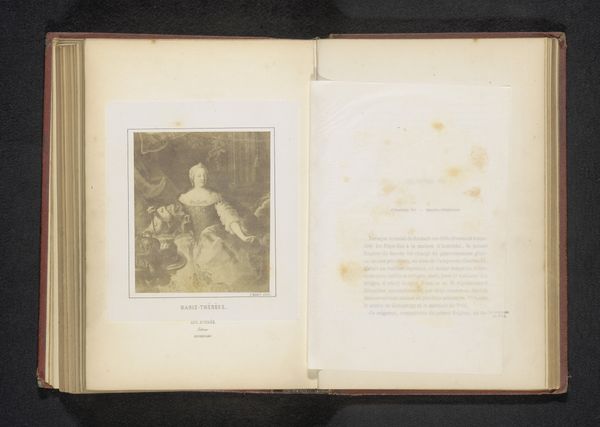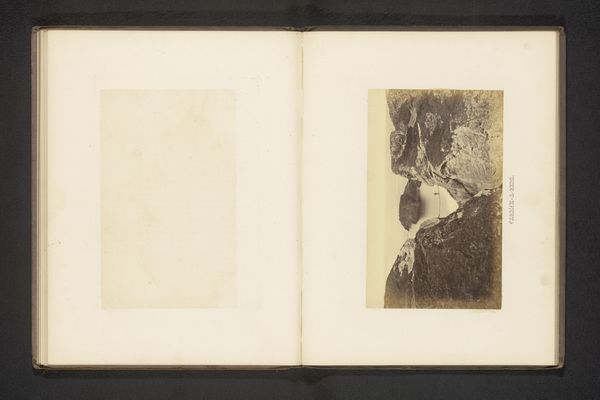
Dimensions: height 85 mm, width 54 mm
Copyright: Rijks Museum: Open Domain
This photograph of Leopold I, King of Belgium, was made by the studio Ghémar Frères using the 19th-century process of Albumen silver print. This was a very popular method at the time, because it allowed for the relatively easy production of positive prints from glass negatives. Light-sensitive silver salts were applied to paper coated with egg white - that’s the albumen - creating a smooth surface for the photographic image. Look closely, and you can see the subtle tonal range and fine detail that this process could achieve. But don't be fooled by the apparent simplicity of the final image. Albumen printing involved a complex series of steps, requiring specialized knowledge and careful handling of chemicals. The labor was considerable, which suggests why photography at this time was a commercial activity. Studios like Ghémar Frères democratized portraiture but were businesses above all else. Understanding photography’s history means recognizing how artistic expression is always interwoven with the conditions of its production.
Comments
No comments
Be the first to comment and join the conversation on the ultimate creative platform.

